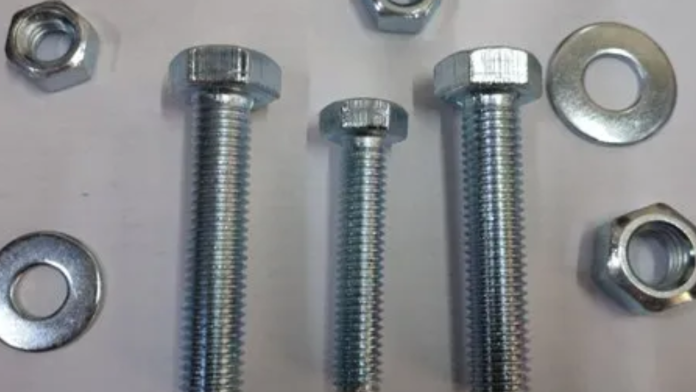stainless steel Nuts and bolts crafted from carefully formulated chromium-nickel alloys boast a robust passive layer that shields the underlying steel from corrosive attacks. Their superior electricity and durability ensure dependable connections, even under heavy loads and vibrations. With their extraordinary overall performance and toughness, those fasteners provide a relied-on solution for essential assemblies in which failure is no longer an alternative.
Mitigating capacity troubles with stainless steel nuts and bolts is of maximum importance to ensure critical applications’ safety, reliability, and durability. Even with their high-quality corrosion resistance and strength, stainless steel fasteners can still be at risk of advantageous problems if they are properly dealt with, mounted, or maintained.
Regular inspections, renovations, and adherence to good practices can help ensure the continued overall performance and integrity of stainless steel nuts and bolts, and minimizing fantastically high-priced downtime or maintenance. For more information about stainless steel nuts and bolts, click here on the official site of a2fasteners. They have a large collection of stainless steel screws.
Typical Problems With Stainless Steel Nuts and Bolts and Solutions
In this detailed article, we will discover a number of the common problems with stainless steel nuts and bolts and talk about powerful mitigation techniques.
Galvanic Corrosion
One of the most awful circumstances with stainless steel nuts and bolts is galvanic corrosion, which occurs fundamentally when they interact with various metals in harsh conditions. This happens because of the electrochemical response between the stainless steel and the alternative steel, which brings about extended corrosion of the stainless steel. To alleviate galvanic corrosion, it is vital to avoid direct contact with stainless steel fasteners and different metals whenever the situation allows. This could be done with the aid of insulating materials, such as nylon washers or coatings.
Thread Galling
Thread galling, additionally known as bloodless welding, is a common problem with stainless-steel nuts and bolts, specifically for the duration of conferences. It takes an area when the surfaces of the threads seize collectively beneath strain, leading to harm and difficulty in disassembly. To prevent thread galling, lubricate the threads with anti-capture compounds before assembly. Those compounds lessen friction on a number of the mating threads, minimizing the danger of galling.
Crevice Corrosion
Crevice corrosion occurs in restricted areas or gaps among mating surfaces, which include the threads of nuts and bolts. Stainless steel is at risk of crevice corrosion in chloride-wealthy environments, such as marine or commercial enterprise settings. To moderate crevice corrosion, guarantee the crevice is well designed and installed to limit crevices where moisture and pollutants might be gotten. Moreover, settling on stainless steel with a higher alloy content, including 316 stainless steel, can upgrade protection from crevice corrosion.
Hydrogen Embrittlement
Hydrogen embrittlement is a peculiarity where nuclear hydrogen enters the metallic grid of stainless steel, making it weak and in danger of breaking under strain. This difficulty can arise throughout production methods regarding acid pickling or electroplating, wherein hydrogen can be absorbed into the metal. To mitigate this issue, producers should use proper cleansing and address approaches to eliminating any residual hydrogen from the ground of the fasteners.
Salt Spray Corrosion
Stainless steel nuts and bolts are often utilized in outdoor programs in which they’re exposed to salt spray, which includes coastal regions or street salt environments. Prolonged exposure to salt spray can lead to localized corrosion and floor discoloration. To mitigate salt spray corrosion, use stainless steel fasteners with better corrosion resistance, together with marine-grade stainless steel (e.g., 316 stainless steel). Normal cleansing and renovation of the fasteners also help take away salt deposits and prevent corrosion.
Conclusion
Even though stainless steel nuts and bolts offer several advantages, they also have some common issues, along with galvanic corrosion, thread galling, crevice corrosion, hydrogen embrittlement, and salt spray corrosion. By gaining knowledge in traumatic situations and implementing appropriate mitigation techniques, which encompass the right material selection, floor treatment, lubrication, and format problems, engineers and producers can make certain of the dependable overall performance and sturdiness of stainless steel fasteners in diverse applications.










